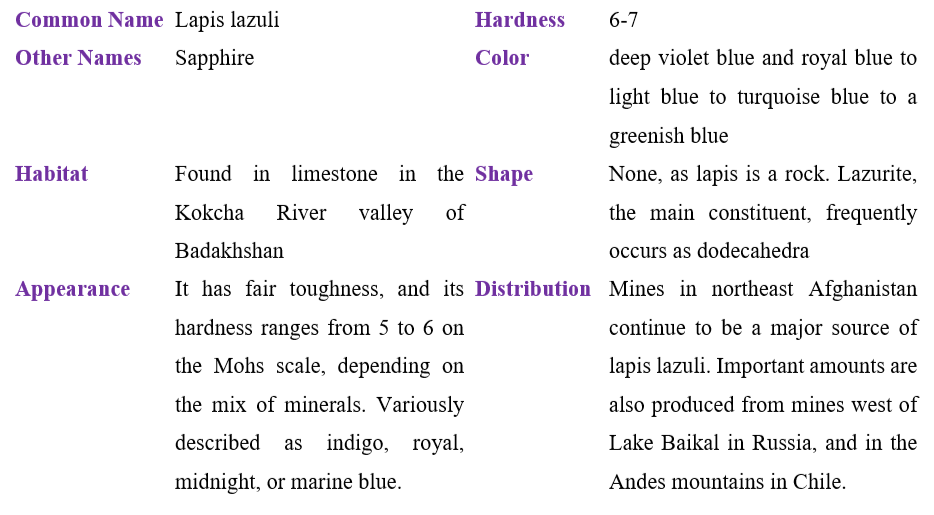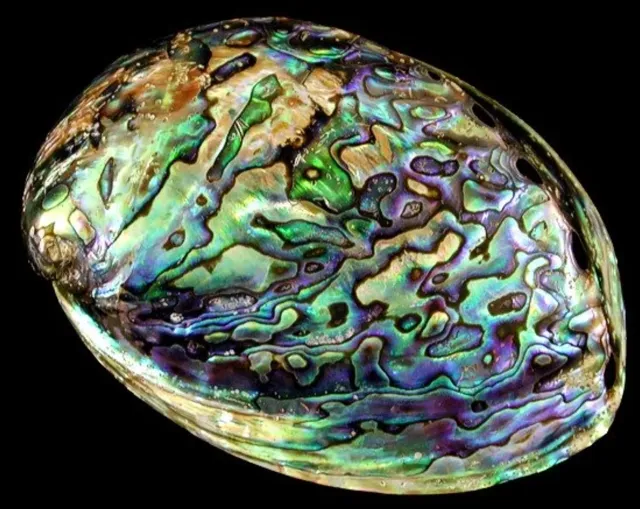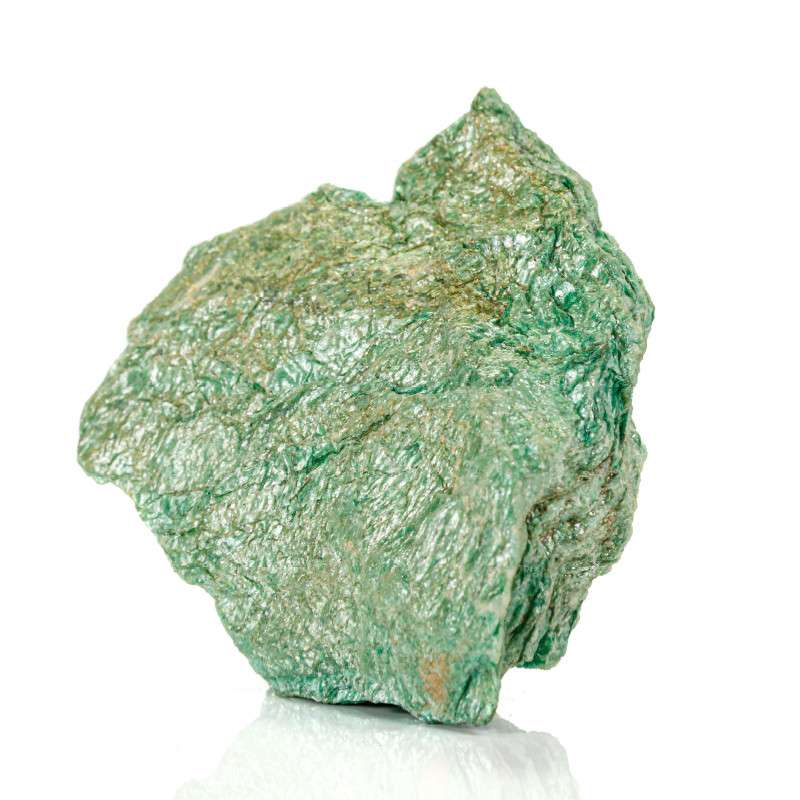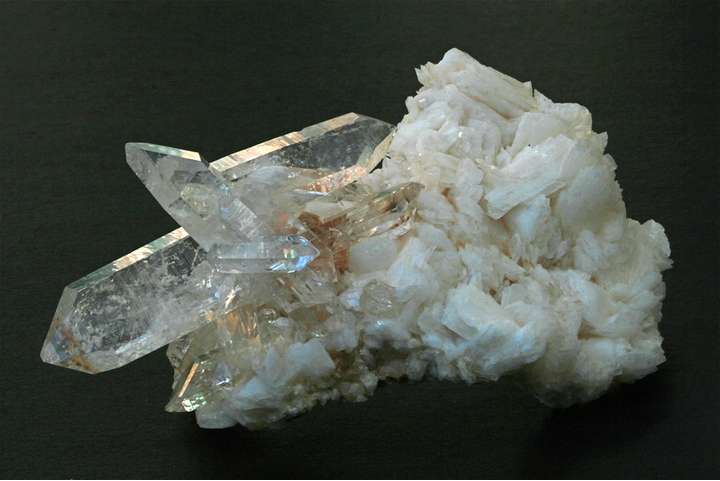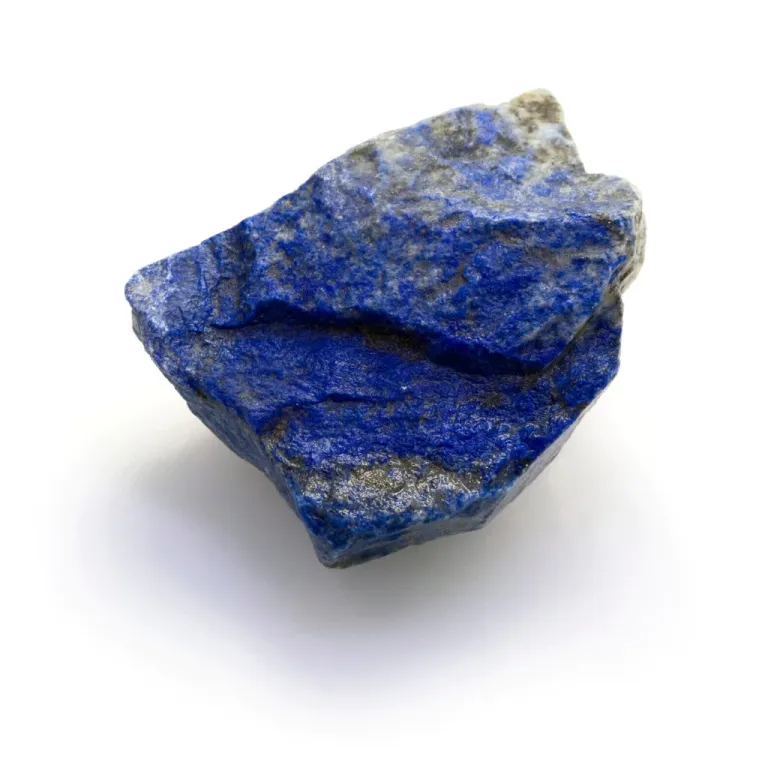
Appearance
The rich blue hue of lapis lazuli is well known; it’s frequently referred to as “royal” or “cobalt” blue. There is a range in the blue’s intensity from a deep, rich shade to a tad lighter. The inclusions of golden pyrite give the gemstone a lovely contrast and glitter. The stone’s transparency ranges from translucent to opaque, and its luster is vitreous to oily.
Geographical Distribution
Although there are lapis lazuli deposits all across the world, several places are especially well-known for their excellent examples.
Afghanistan: For generations, Afghanistan’s Sar-e-Sang mines have been a major supplier of lapis lazuli. The area is renowned for creating stones with inclusions of golden pyrite and strong blue color.
Russia: Russia’s Lake Baikal region is another significant source of lapis lazuli. This region’s stones frequently have a more consistent blue coloring.
Chile: Additionally, lapis lazuli can be discovered in Chile’s Ovalle region, where it is found in close proximity to copper mines.
Other locations: Other countries with additional lapis lazuli deposits include Argentina, Pakistan, Burma, and the United States (Colorado and California).
History
Lapis Lazuli has a long history that dates back to antiquity. Many civilizations, including those of Egypt, Mesopotamia, and the Indus Valley, placed a high importance on it. Ancient Egyptian pharaohs, such as Tutankhamun, adorned their burial masks with lapis lazuli, a stone connected to the skies. Additionally, jewelry, amulets, and ritual artifacts were made using it.
The use of lapis lazuli was prevalent in European Renaissance art and society. Famous painters like Michelangelo and Vermeer, who employed ground lapis lazuli pigment to get the striking blue tones in their paintings, were fond of it. During the Baroque era, the stone was also utilized in ornamental designs, furniture inlays, and ornamental artifacts.
Metaphysical Properties
It has metaphysical and spiritual value and is linked to traits like self-expression, wisdom, and truth.
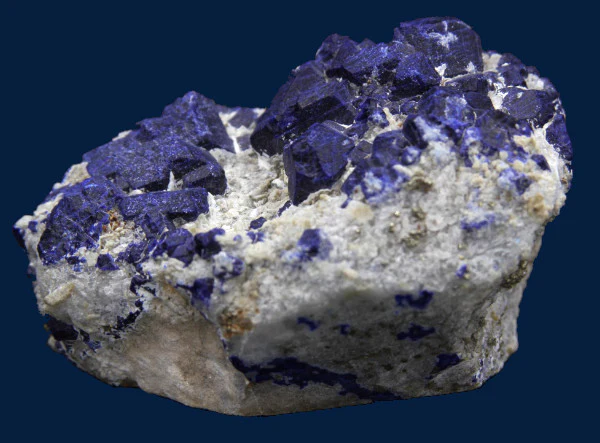
Chemical Composition
Lazurite, which makes up 25% to 40% of lapis lazuli, is primarily made of other minerals including pyrite and calcite.
The mineral lazurite, which contains sulfur, is responsible for the color blue.
Uses
- For thousands of years, lapis lazuli has been used to create jewelry, such as necklaces, bracelets, earrings, and rings.
- It has been used in sculpting and art as a raw material and as ultramarine, a pigment that gives paintings their blue tones.
- A touch of luxury and refinement is added to ornamental goods, furniture, and objects by incorporating lapis lazuli.
- Symbolizing status, divinity, and cultural identity, lapis lazuli can be found in historical and cultural artifacts.
Table
